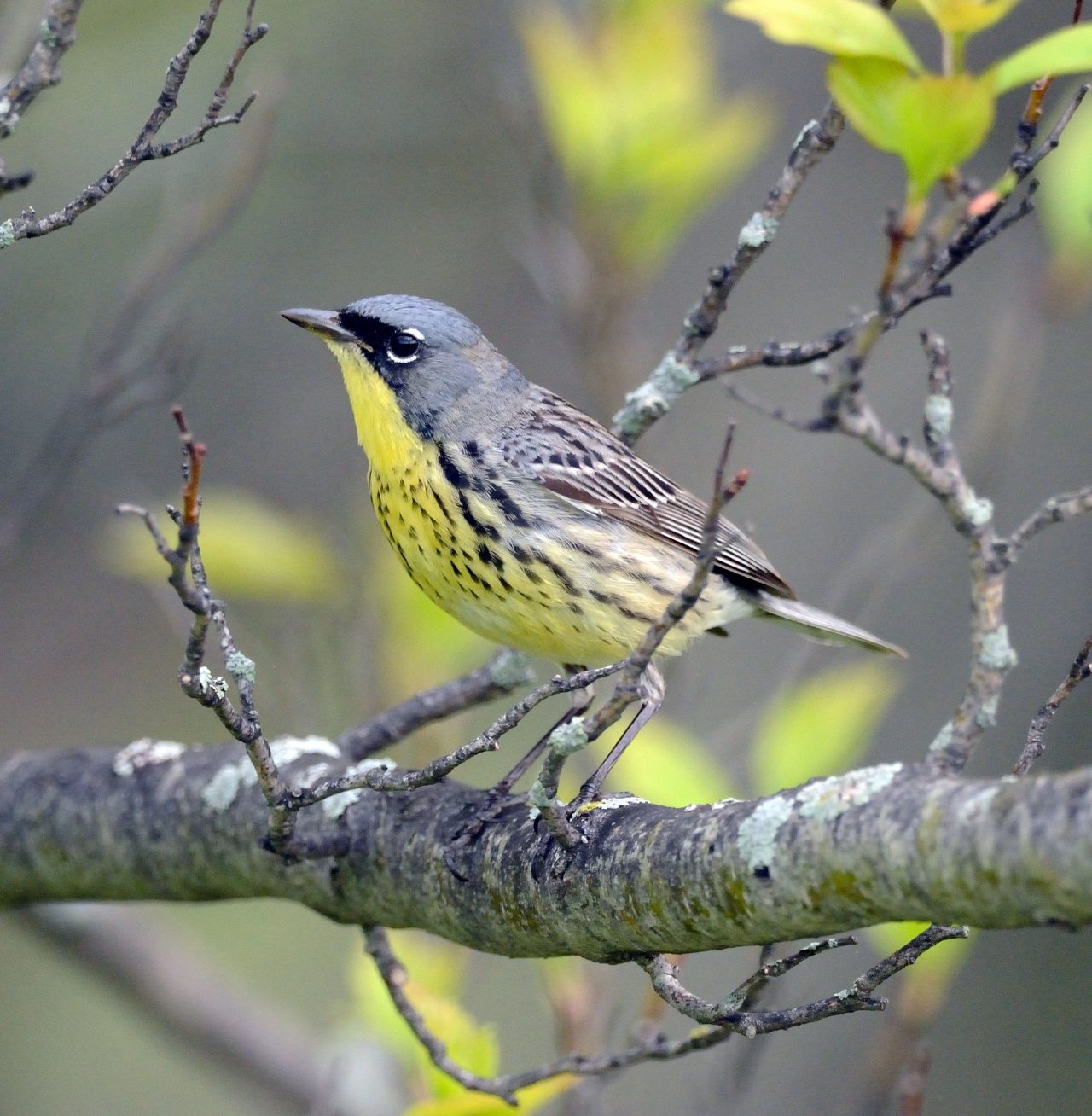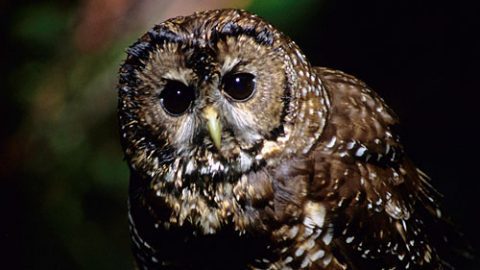The Dilemma of Conservation Reliance: When a Species Needs Help Indefinitely
By Amanda D. Rodewald
From the Spring 2016 issue of Living Bird magazine.
April 12, 2016
The dilemma of the Northern Spotted Owl illustrates how human activities have changed the environment so profoundly that survival of some species now requires specific management actions over the foreseeable future—and perhaps forever. A term often used to describe this situation is “conservation reliance.” In some sense, the phrase is odd given that all species depend, at least to some degree, on our ability to successfully conserve habitats and ecosystems. Aren’t all species then conservation reliant?
Conservation reliance does not mean temporarily providing special protection or management for declining species as they recover to self-sustaining populations, which is the case for many species listed under the U.S. Endangered Species Act. For example, after populations crashed due to eggshell thinning caused by the pesticide DDT, the Peregrine Falcon was captively bred and reintroduced. Peregrine Falcons relied upon our conservation actions, but those actions were necessary only until the threat was abated and populations recovered. Likewise, populations of Aleutian Cackling Goose recovered after foxes were eliminated from their nesting islands.
Conservation reliance specifically refers to a continuum that represents the amount of direct human intervention required for a species to persist in the wild. Interventions can take many forms: controlling invasive predators or competitors that cannot be permanently eliminated from the ecosystem; managing vectors, pathogens, or parasites to reduce risk or severity of disease; or maintaining critical ecosystem processes or disturbances, such as fire and flooding, when they can no longer occur naturally. The assumption is that such interventions are likely to be required indefinitely.
In this way, conservation reliance reflects the inability of a species to have self-sustaining wild populations without help from humans. Species that are strongly conservation reliant now depend on us. Black-capped Vireo, a federally endangered bird that breeds in brushy thickets in Texas and Oklahoma, may always require that managers control numbers of the brood parasitic Brown-headed Cowbird, which lays eggs in vireo nests at the expense of vireo nestlings. Similarly, many endangered Hawaiian birds would be in even greater peril if we failed to control the feral goats and pigs that overgraze forest habitats. Because complete eradication of feral mammals is unlikely, many Hawaiian birds will forever depend on our control efforts. Of course, humans put the vireos and Hawaiian birds in their respective predicaments. With the expansion of agriculture, grazing, and human settlements in Texas and Oklahoma, we created landscapes in which Brown-headed Cowbirds could flourish. Likewise, we introduced pigs and goats (intentionally) and mosquitoes (unintentionally) to Hawaii.
Sometimes a conservation-reliant species might, in theory, be able to recover to self-sustaining levels on its own, but the cost is so great that we elect to intervene rather than restore the natural conditions. For example, Kirtland’s Warbler is a habitat specialist that breeds in a fire-dependent ecosystem—jack pine forest. The jack pine ecosystem, and by association the Kirtland’s Warbler, might be self-sustaining if we allowed wildfires to burn large tracts of forest. But protecting enough forest to allow wildfires to run free is economically and politically costly, and so we opt instead to protect smaller areas of forest in which fires or other disturbances that mimic fires are carefully prescribed and controlled. We have chosen to make Kirtland’s Warbler a conservation-reliant species.
Maintaining entire populations of conservation-reliant species is an expensive and possibly perpetual endeavor. Critics argue that, given the limited resources for conservation, we should engage in triage and focus on conservation for the greatest benefit of multiple species and ecosystems. On what ethical, ecological, scientific, or legal grounds can we defend picking the winners and losers? Others caution that we could create disincentives to proactive conservation if we give up when management becomes too expensive.
Each perspective has merit and highlights the unpalatable trade-offs we create when we wait too long to safeguard ecosystems and the species that rely on them. The best approach is to avoid reaching the critical point where a species is conservation reliant. Do all that we can—now—to conserve our lands and waters in ways that will ensure viable populations of all species.
Amanda D. Rodewald is director of Conservation Science at the Cornell Lab and a professor in Cornell University’s Department of Natural Resources.

All About Birds
is a free resource
Available for everyone,
funded by donors like you
American Kestrel by Blair Dudeck / Macaulay Library



